-
Posts
20,233 -
Joined
-
Last visited
Content Type
Profiles
Blogs
Forums
American Weather
Media Demo
Store
Gallery
Posts posted by andyhb
-
-
Somehow that band has actually widened and intensified in the past 60-90 mins on radar. Just incredible frontogenetic forcing with great vertical velocities in the DGZ intersecting with a nearly ideal temperature profile for big rates.
-
 6
6
-
-
8 minutes ago, BuffaloWeather said:
This will be the greatest purely synoptic snowstorm anywhere in nys history. I don’t think anywhere has gotten 40” from purely synoptic.
March 1888 would like to have a word.
-
 1
1
-
-
Here's that observation I was referencing.
-
 1
1
-
-
1 minute ago, TheSnowman said:
No one is getting 6” in an hour. I’ve only seen 4” an hour twice in my Entire Life.
NWS employees are reporting >5"/hr rates at Binghamton right now.
-
 4
4
-
-
KBGM 170553Z AUTO 1/4SM +SN FZFG VV002 M09/M11 A2985 RMK AO2 TWR VIS 3/4 SLP136 P0040 60120 T10891106 11072 21089 58023 RVRNO
Unreal 06z observations at Binghamton. 0.4" QPF in an hour.
-
 2
2
-
 1
1
-
-
-
Curious if we see an uptick in severe weather potential later in winter given some of the parallels to years like 2007-08 (which saw significant tornado outbreaks in Jan-Feb including a historic one Feb 5-6) and 2011-12, which saw several significant events in Jan-March, including the back to back Leap Day and major 3/2 tornado events.
Seems like general consensus for a number of forecasts I’ve seen is for western troughing/eastern ridging to become more prevalent Jan-Feb, which would favor that.
We also have a significant drought across much of the SW, which is liable to yield enhanced capping due to EML advection, which is often a caveat in winter given the likelihood of strongly-forced synoptic scale waves.
-
 1
1
-
-
7 minutes ago, BuffaloWeather said:
Report from Niagara airport?
It was posted on TWN as well I think.
-
-
Toronto Island gusted to 73 mph, Niagara Airport gusted to 87 mph. This is a major wind event for the Eastern Lakes.
-
 3
3
-
-
Not really a 12/1/18 setup dynamics wise, more like 11/17/13 tbh. This would be a large outbreak with better thermos.
-
 1
1
-
-
Going to be quite the event for the west-east oriented lakes tomorrow. Erie is the one that should be most favorable for long fetch.
-
 3
3
-
 1
1
-
-
-
Storm on Sunday could be quite the wind maker on the Lakes.
-
 2
2
-
 1
1
-
-
-
That is nuts. Seems to be wave-like features propagating outward from the eye/eyewall region as well.
-
 3
3
-
-
That is one heck of a wind field on KMOB, lots of >100 kt outbounds not too far off the deck. Going to be an impressive inland wind event for MS/AL.
-
 1
1
-
-
These are some big gusts coming out of where it made landfall. Also reports of significant structural damage in the area.
-
 2
2
-
 1
1
-
-
Earlier microwave scans were setting this table. Not going to have very much time for weakening near landfall if this continues to blow up in the next 12 hours.
-
 1
1
-
-
More recent microwave pass showing better organization still.
-
 1
1
-
-
That's a nice cyan ring on microwave there, great outflow pattern too. Probably a decent shot at a stint of RI during diurnal max upcoming.
-
 2
2
-
-
1 hour ago, 40/70 Benchmark said:
I don't think region 4 is going to cool much more.
Based on? The -1˚C contour there is clearly spreading west with time. A progression similar to 2007-08 would follow that kind of idea.
-
Noticeable deepening the cold pool has taken place over the course of past couple of months thanks to the Nina standing wave. Looks to be some weakening over the next week or so in the standing wave, but the trade surge currently east of the dateline and propagating westward should help in cooling Nino 4 a bit more.
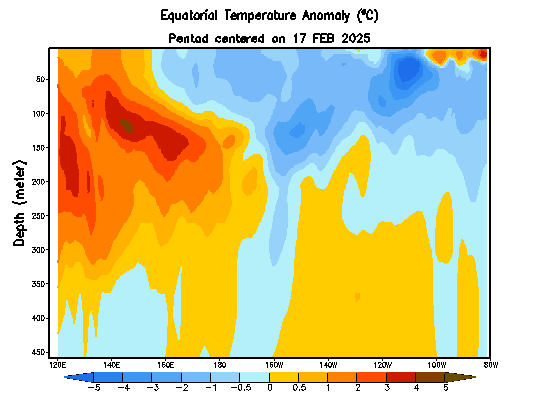
-
Good start at hacking away the drought across the High Plains as well.
-
 1
1
-


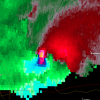
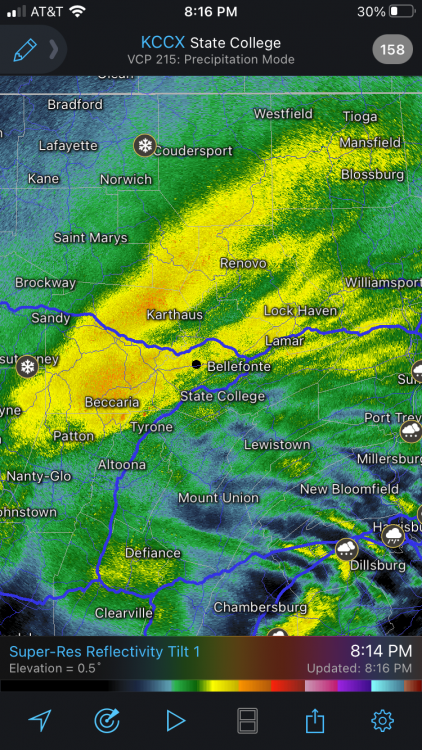
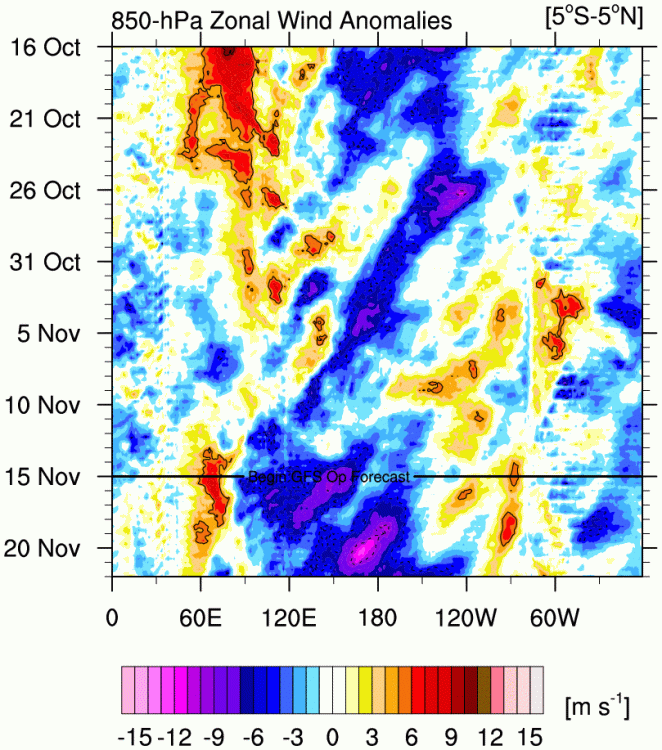
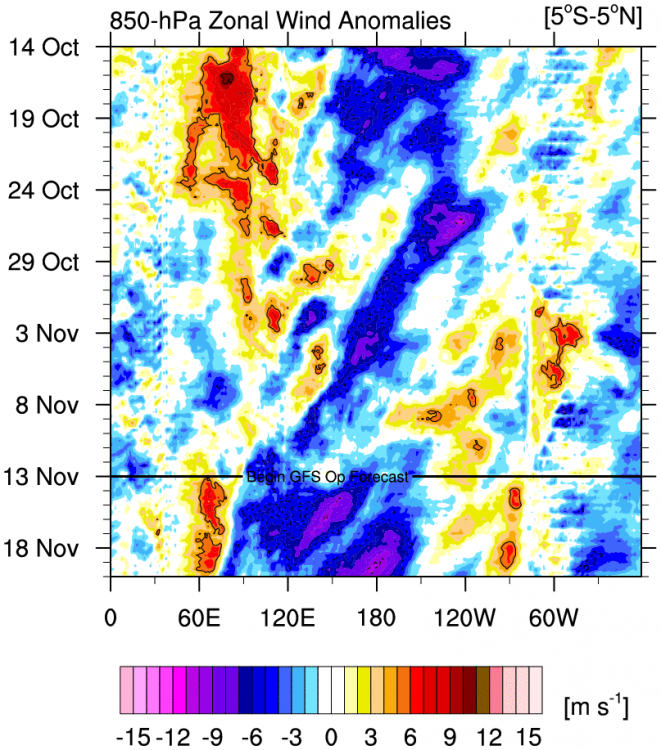
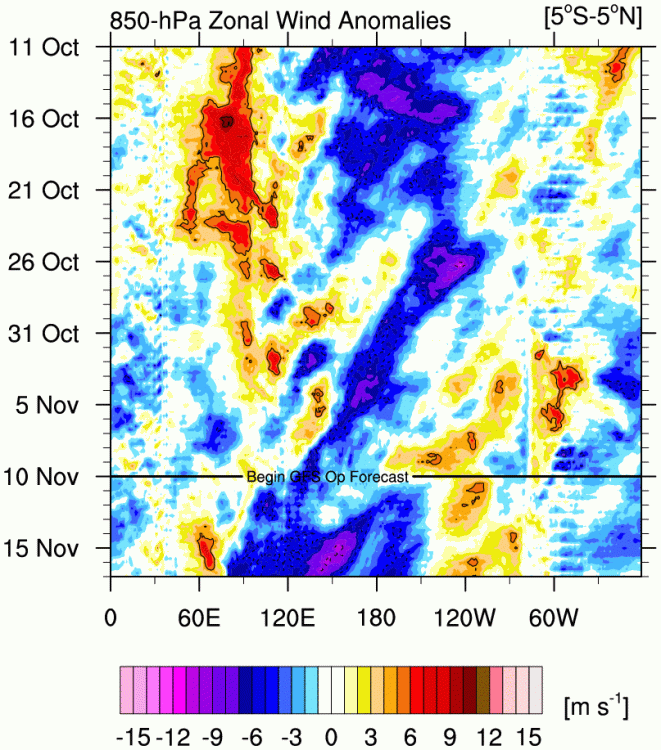
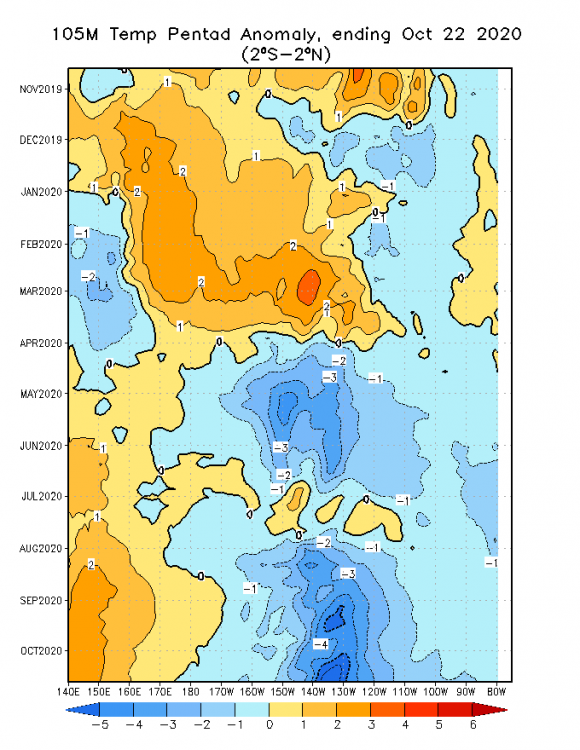
Dec 16-17 obs/nowcast thread
in New England
Posted
Looks like the snowfall rates at BGM are literally off the scale of the NY Mesonet site.